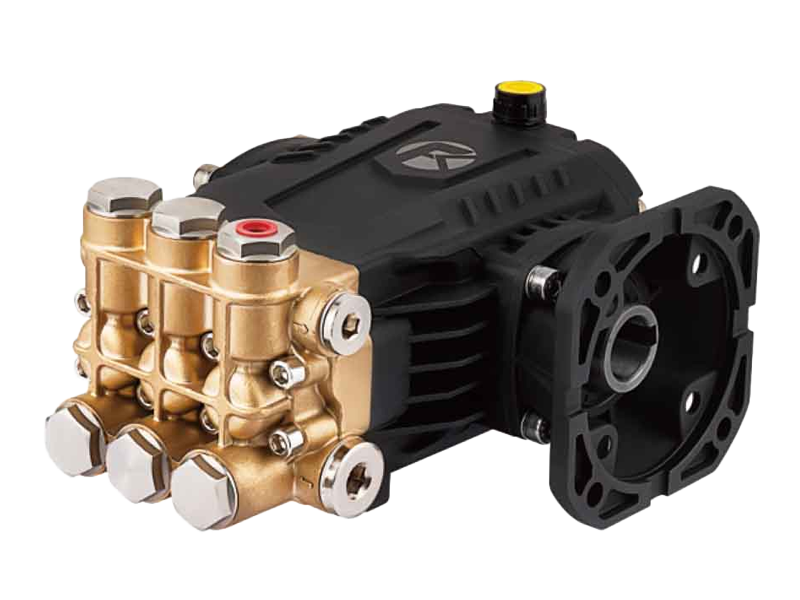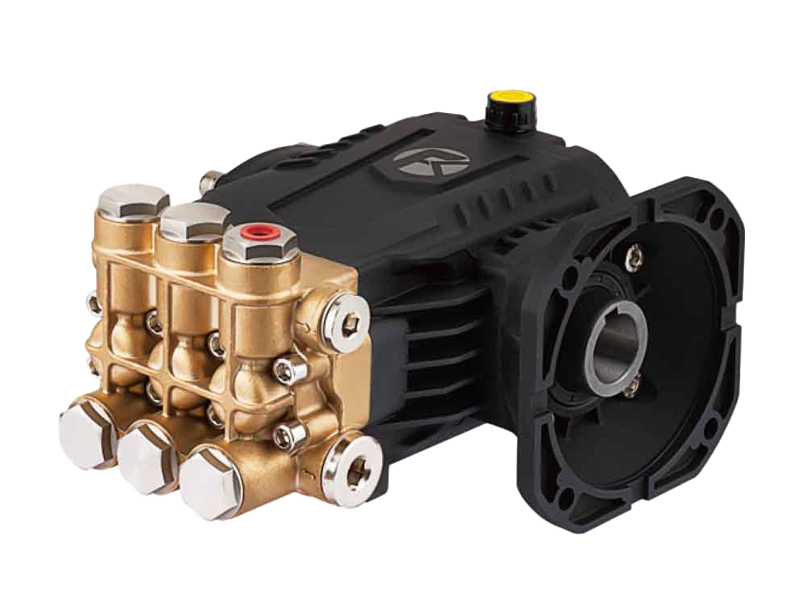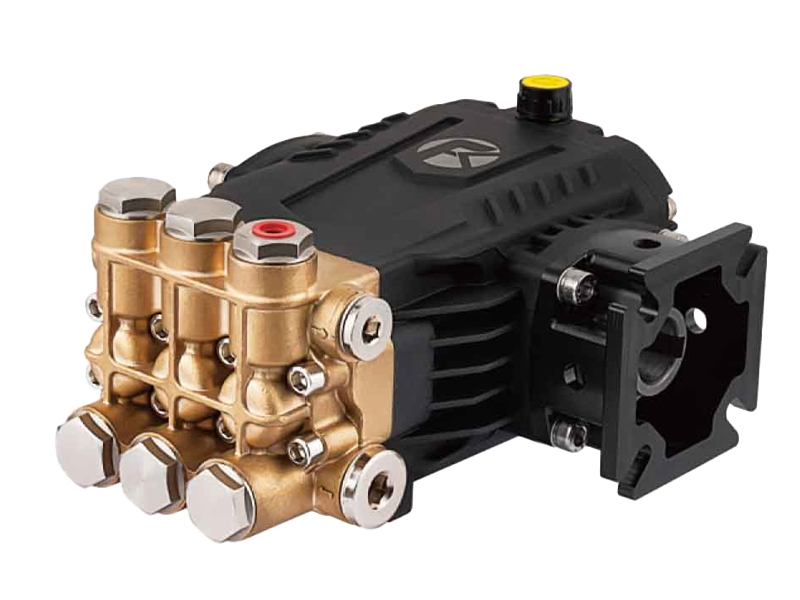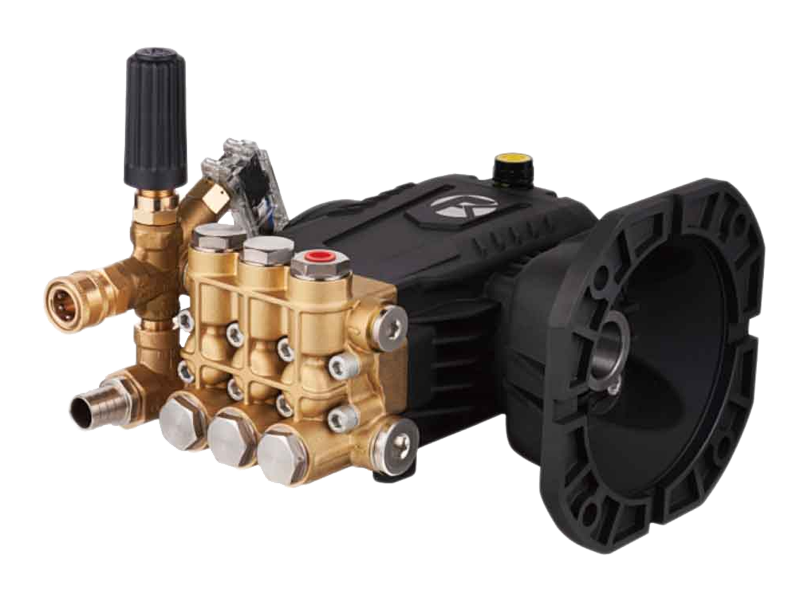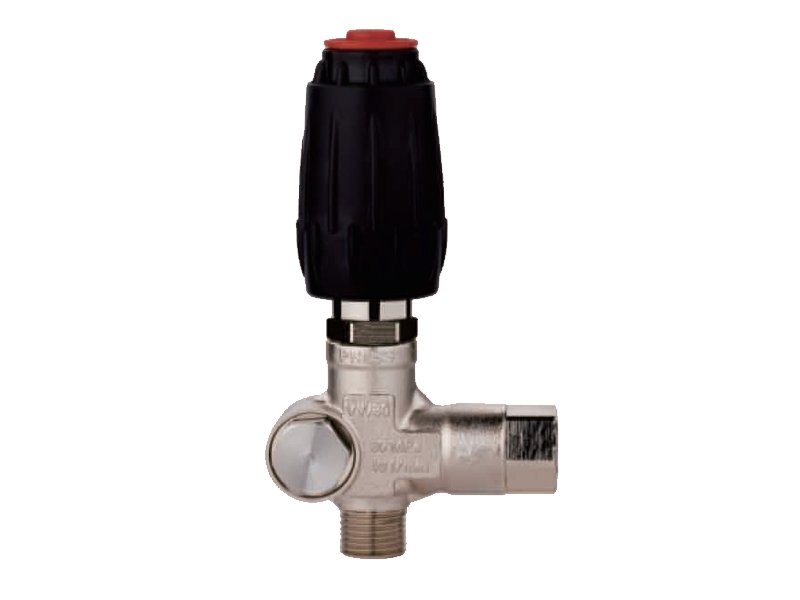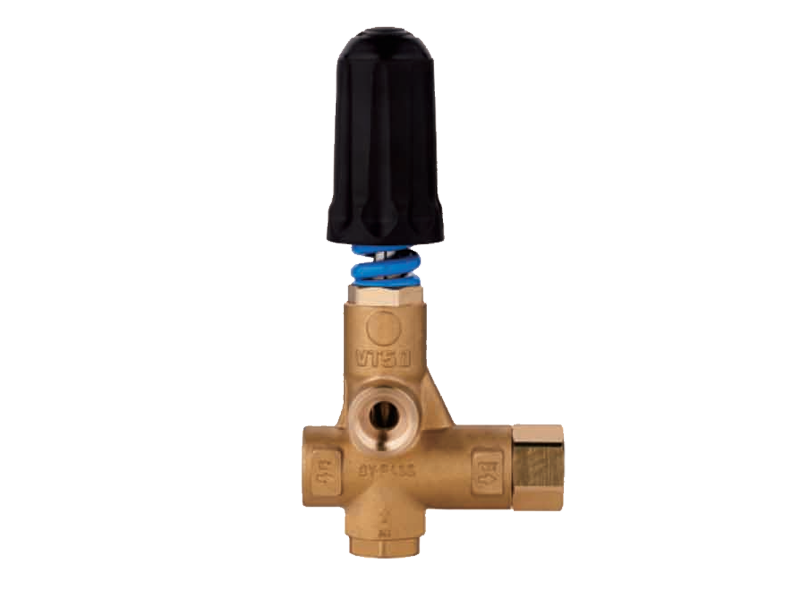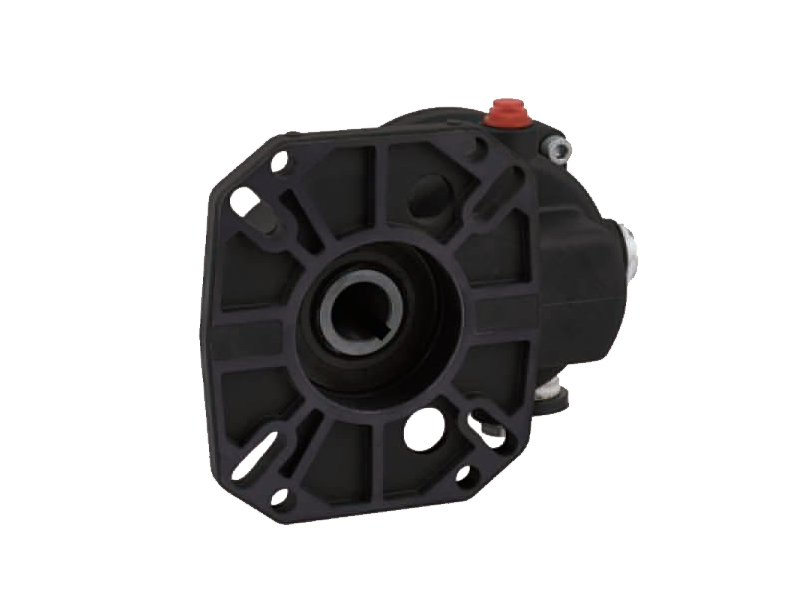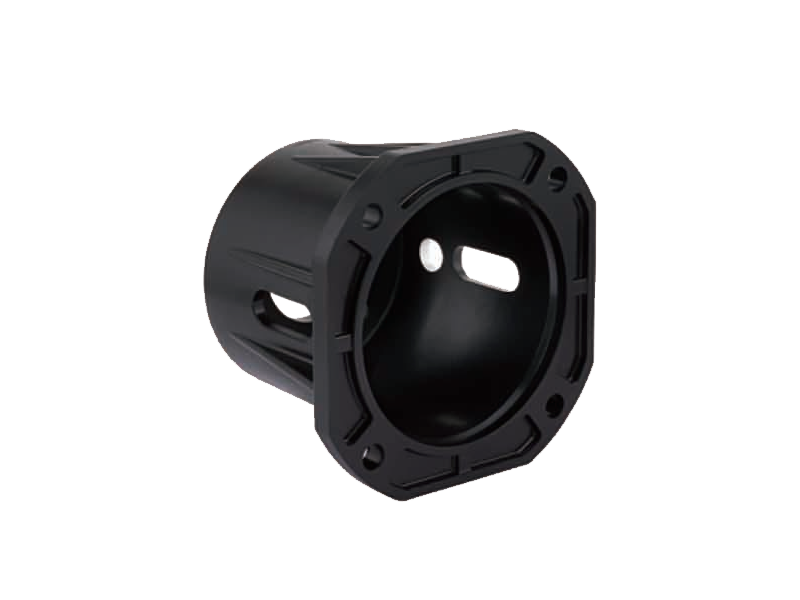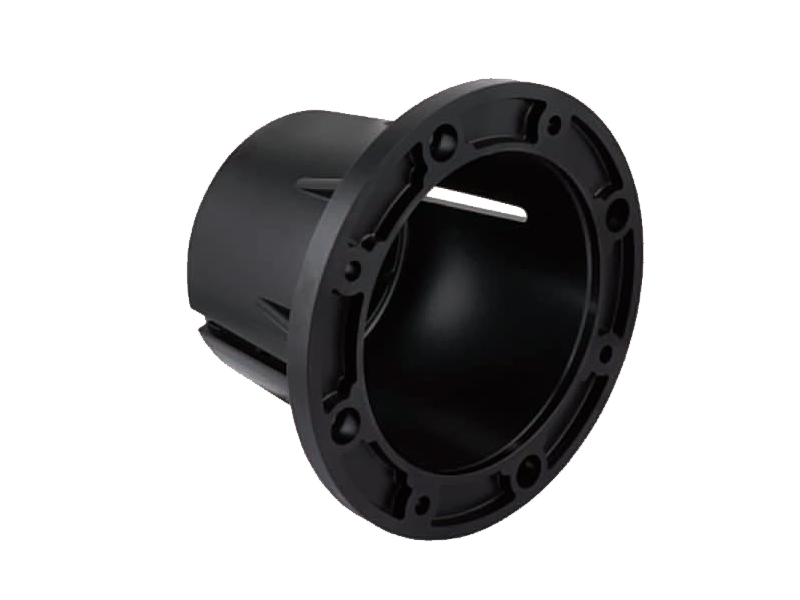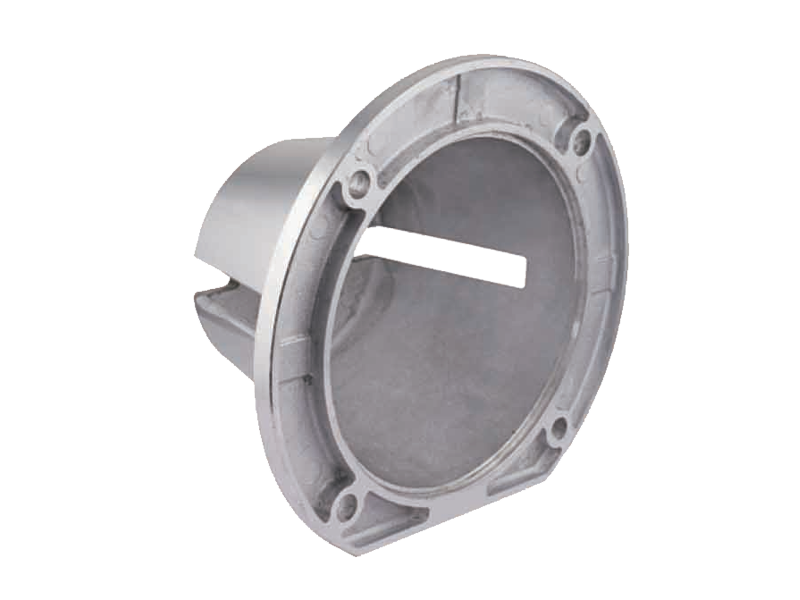Can a Three Piston Pump Operate Efficiently in Low-Viscosity Fluids?
In industries ranging from chemical processing to high-pressure cleaning, the efficiency of fluid transfer systems is critical—especially when handling low-viscosity liquids like water, solvents, or light oils. A common question among engineers and operators is whether a three piston pump can maintain good performance with such fluids.
1. The Challenge of Low-Viscosity Fluids
Low-viscosity fluids flow easily, but their thin consistency can cause challenges in pump operation, including:
- Reduced Lubrication: Thin fluids provide less natural lubrication, increasing wear on seals and pistons.
- Cavitation Risk: High-speed pumping may cause vapor bubbles, damaging internal components.
- Pressure Fluctuations: Maintaining steady flow requires precise piston synchronization.
A well-designed three piston pump addresses these issues through advanced engineering.
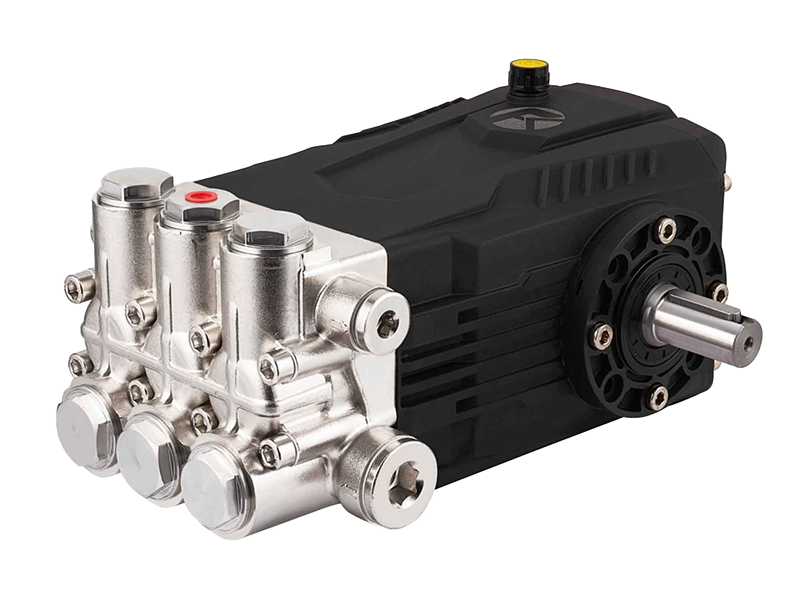
2. How a Triple Plunger Pump Ensures Efficiency
The triple plunger pump is uniquely suited for low-viscosity applications due to its:
- Smoother Flow: Three pistons operating in sequence minimize pulsation, ensuring consistent pressure.
- Enhanced Sealing: Precision-machined seals prevent leaks even with thin fluids.
- Optimized Speed Control: When integrated with a triplex plunger pump with motor, RPM adjustments prevent cavitation.
Compared to single or dual-piston pumps, the three piston pump reduces turbulence, making it ideal for water jets, fuel transfer, and chemical dosing.
3. The Role of Motor-Driven Precision
A triplex plunger pump with motor offers additional advantages for low-viscosity operations:
- Variable Speed Settings: Adjusting motor RPMs prevents excessive suction that could cause cavitation.
- Energy Efficiency: Modern motors reduce power waste when handling thin fluids.
- Automated Monitoring: Sensors detect pressure drops, allowing real-time adjustments.
This combination ensures that a triple plunger pump maintains efficiency without compromising durability.
4. Industry Applications
The three piston pump excels in industries where low-viscosity fluids are prevalent:
- Pressure Washing: Delivers steady water flow without pressure spikes.
- Fuel Injection: Precisely meters gasoline or diesel in automotive and aerospace systems.
- Pharmaceuticals: Handles solvents and purified liquids without contamination risks.
In each case, the triplex plunger pump with motor provides the control needed for reliable performance.
5. Maintenance Considerations
To improve the lifespan of a triple plunger pump in low-viscosity service:
- Use Compatible Seals: Materials like PTFE or ceramic resist wear from thin fluids.
- Monitor Fluid Temperature: Overheating can further reduce viscosity, affecting efficiency.
- Regular Inspections: Check for cavitation damage or seal degradation.
Proper care ensures that a three piston pump remains cost-effective over time.
6. Comparing Pump Types for Thin Fluids
While gear and centrifugal pumps are sometimes used for low-viscosity liquids, the triplex plunger pump with motor offers outstanding advantages:
- Higher Pressure Capability: Essential for applications like water blasting.
- Better Flow Control: Critical in precision dosing systems.
- Longer Lifespan: Robust construction reduces downtime.
For operations requiring both high pressure and consistency, the three piston pump outperforms alternatives.
A triple plunger pump, especially when paired with a triplex plunger pump with motor, is not only capable of handling low-viscosity fluids but excels in such applications. Its three-piston design minimizes pulsation, while motor integration allows precise speed adjustments to prevent cavitation and wear. Whether in industrial cleaning, fuel systems, or chemical processing, the three piston pump proves to be a reliable, efficient solution for maintaining steady flow in challenging low-viscosity environments. Investing in this technology ensures long-term performance and reduced operational costs.


 English
English Español
Español русский
русский